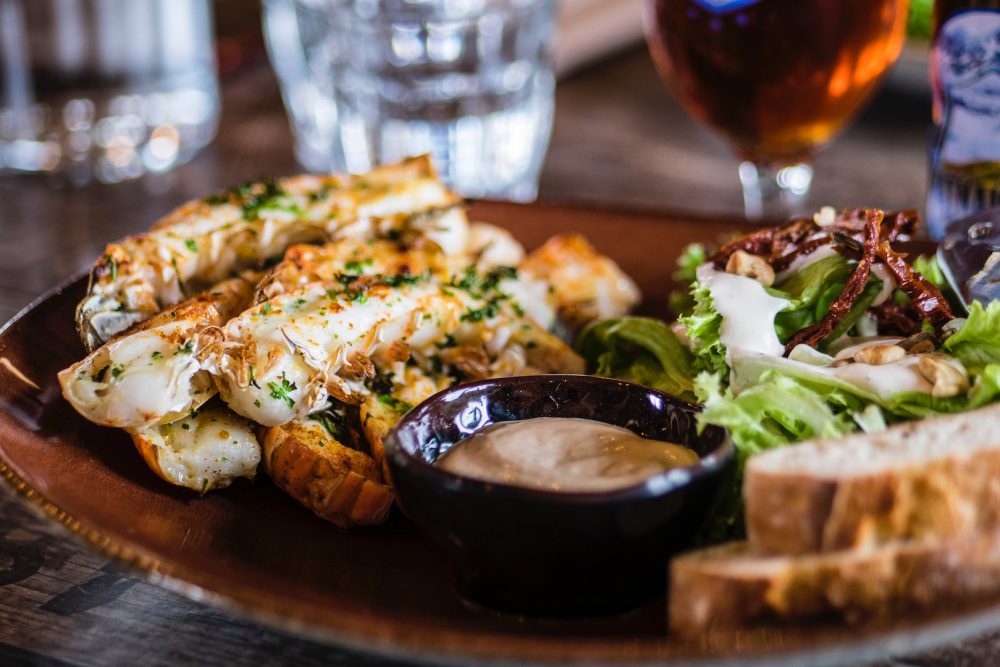According to a research published in Journal of dermatological treatments increasing vitamin D intake could reduce the symptoms of chronic inflammatory skin condition psoriasis.

Vitamin D incorporated into a cream or ointment is also a relatively effective treatment for psoriasis, yet no one had investigated whether vitamin D supplementation might be of similar benefit.
Dr Michelle Ingram, who conducted the research as part of her PhD in Nutritional Science says,” Vitamin D may be beneficial for some people with psoriasis yet make no difference for others. It was not clear from our data why there might have been a difference in response – understanding the variability of response to psoriasis treatments in general is a long-term challenge and one that future research will hopefully be able to address”
| Recommended Dietary Allowances (RDAs) for Vitamin D | ||||
| Age | Male | Female | Pregnancy | Lactation |
| 0–12 months* | 400 IU (10 mcg) |
400 IU (10 mcg) |
||
| 1–13 years | 600 IU (15 mcg) |
600 IU (15 mcg) |
||
| 14–18 years | 600 IU (15 mcg) |
600 IU (15 mcg) |
600 IU (15 mcg) |
600 IU (15 mcg) |
| 19–50 years | 600 IU (15 mcg) |
600 IU (15 mcg) |
600 IU (15 mcg) |
600 IU (15 mcg) |
| 51–70 years | 600 IU (15 mcg) |
600 IU (15 mcg) |
||
| >70 years | 800 IU (20 mcg) |
800 IU (20 mcg) |
||
* Adequate Intake (AI)
How Go About Adding Vitamin D in Diet?

Sunlight is the most common and efficient source of vitamin D. The richest food sources of vitamin D are fish oil and fatty fish. Here is a list of foods with good levels of vitamin D:
- cod liver oil, 1 tablespoon: 1,360 IU
- herring, fresh, raw, 4 ounces: 1,056 IU
- swordfish, cooked, 4 ounces: 941 IU
- raw maitake mushrooms, 1 cup: 786 IU
- salmon, sockeye, cooked, 4 ounces: 596 IU
- sardines, canned, 4 ounces: 336 IU
- fortified skim milk, 1 cup: 120 IU
- tuna, canned in water, drained, 3 ounces: 68 IU
- egg, chicken, whole large: 44 IU
Consult your doctor before taking any medication.
Reference:
- https://medicalxpress.com/news/2018-03-vitamin-d-psoriasis-relief.html